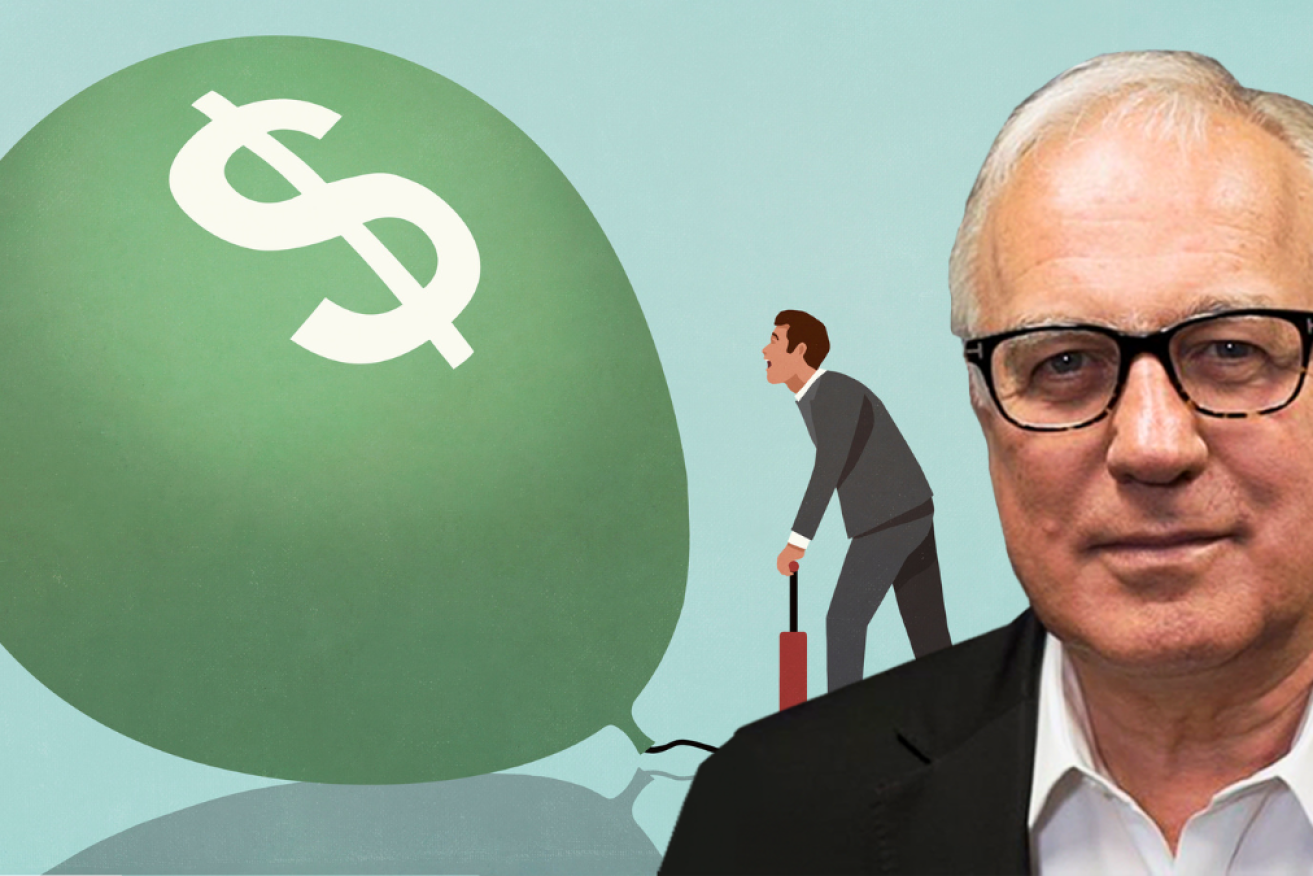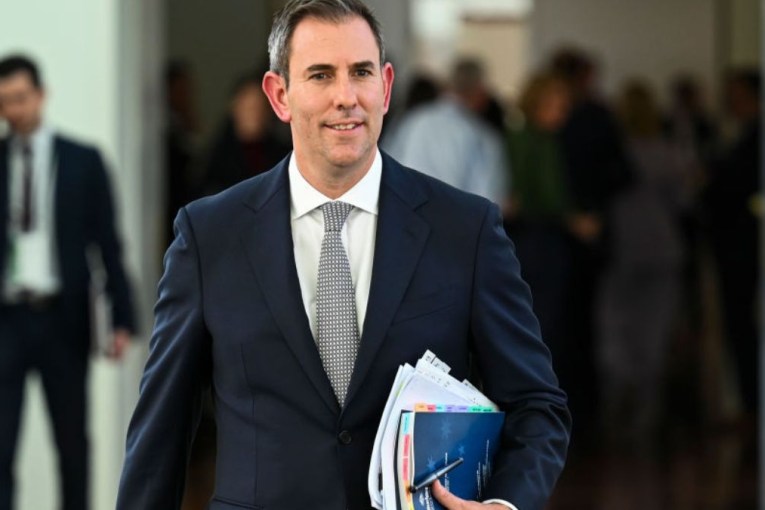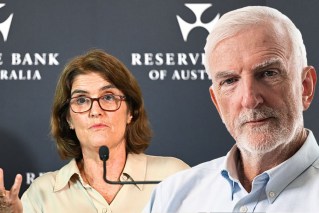Australia’s unemployment rate fell to 3.5 per cent in June 2022 and has more or less stayed there for 12 months.
Inflation has not risen, but declined. In the June quarter of 2022, the Consumer Price Index (CPI) increased 1.8 per cent; on Wednesday we learnt that in the June quarter of this year it rose 0.8 per cent.
More importantly, core inflation has fallen from a peak of 7.6 per cent to 3.6 per cent (annualised).
The Reserve Bank navigates the seas of economic policy with its sextant trained on the guiding star of the non-accelerating inflation rate of unemployment (NAIRU). It’s not the only star in the RBA’s sky, but it’s the brightest one, and the economists in Martin Place believe that the correct number for it is somewhere around 4.5 per cent.
That is, for inflation to not accelerate, unemployment needs to be well above 4 per cent, preferably 4.5 per cent, so that’s what it’s aiming for.
Yet unemployment is 3.5 per cent and has been for 12 months, and inflation is not accelerating. Therefore, I submit, the non-accelerating inflation rate of unemployment is 3.5 per cent.
In other words, the RBA needs to confront the possibility that it’s wrong about the NAIRU, and therefore the whole basis of its approach to monetary policy.
How much more evidence is needed?
Unemployment has been a percentage point below the supposed NAIRU for a year and inflation has decelerated. How much more evidence is needed?
It’s true that there is growing difference between goods and services: Most of the disinflation is happening in goods, as the supply chain problems of the pandemic disappear, while services inflation is accelerating because of the growing demand for hospitality and care.
Services inflation was 6.3 per cent, year on year, in the June quarter, up from 6.1 per cent in March and just 5.5 per cent in December last year, and the RBA has been worried about this because it’s more correlated with the growth in labour costs in Australia, since services are all domestic whereas a lot of goods are imported.
It’s also true that the NAIRU is a complicated, technical, and hard to pin down idea, but surely it is unarguable that something has changed and the number is no longer 4.5 per cent, as the RBA thinks.
Reasons for wage suppression
What has changed? Mainly the relationship between unemployment and wages, and therefore the mechanism through which unemployment is translated into inflation via the NAIRU. Unemployment fell from 7.6 per cent in July 2020 to 3.5 per cent last year, yet still wages barely moved.
I suspect the reason for this is staring us in the face: There is virtually no industrial action and only 15 per cent of the workforce are members of a union. There is a direct relationship between the number of strikes and wages – the less union power there is, the less wage growth.
This is a global phenomenon, by the way, a consequence of both globalisation and neoliberalism. Those things had the aim, for corporations and their political wing, of suppressing workers’ power and wages, and they worked.
The other thing holding down real wage growth now is technology, first the internet, then cloud computing, and now artificial intelligence.
In general, evidence has been mounting over the past six months in favour of what’s being called “immaculate disinflation” – that is, “inflation leaking out of the system and normalising without a need for excessive destruction of demand, rise in unemployment, or displacement of financial assets”, as Macquarie’s Viktor Shvets put it in a recent note. (With the last of those, he meant bank insolvencies, as in the GFC).
Inflation leaks away
It seems clear that the argument about whether global inflation was permanent or transitory has been won by the latter, because it was mainly caused by external shocks that displaced both demand and the supply of goods, services and labour.
As those shocks fade, inflation is simply leaking out of the economic system without too much damage. As it declines, central banks like the RBA are in a strong position with a wide range of options available to balance prices, employment and growth more constructively than they have for a long time.
For much of this year the only question among most economists was whether the US, Australia and the world would suffer a mild or severe recession – a recession was supposedly locked in, for the simple reason that you can’t get inflation down from above 7 per cent to 2 to 3 per cent without a recession.
That belief was based largely on a simple faith in the existence of a NAIRU: That unless the unemployment rate was a certain level, inflation could not be reduced.
NAIRU shifts over time
In 2017, the RBA published a paper which showed that for two decades up to 2000 its “central estimate” of the NAIRU was above 6 per cent, and that may have been true. In fact, unemployment had to go to 10 per cent in 1982 and 1991 to get inflation down then.
In 2017, the estimate was 5 per cent; now they think it’s probably 4.5 per cent, although in a recent speech, the then deputy governor, and incoming governor Michele Bullock admitted they’re really not sure – “4.5 [per cent] probably looks, we think, maybe in the ballpark”.
That was a month ago. Now it looks like the RBA, along with most of the world’s central banks, will get inflation down without a recession and maybe even without much of a rise in unemployment at all.
It’s always difficult to confront the possibility that you need to change your mind. As JK Galbraith once said: “Faced with the choice between changing one’s mind and proving that there is no need to do so, almost everyone gets busy on the proof.”
But as another John, JM Keynes, also said: “When the facts change, I change my mind. What do you do sir?”
Alan Kohler is finance presenter on ABC News and founder of Eureka Report. He writes twice a week for The New Daily










